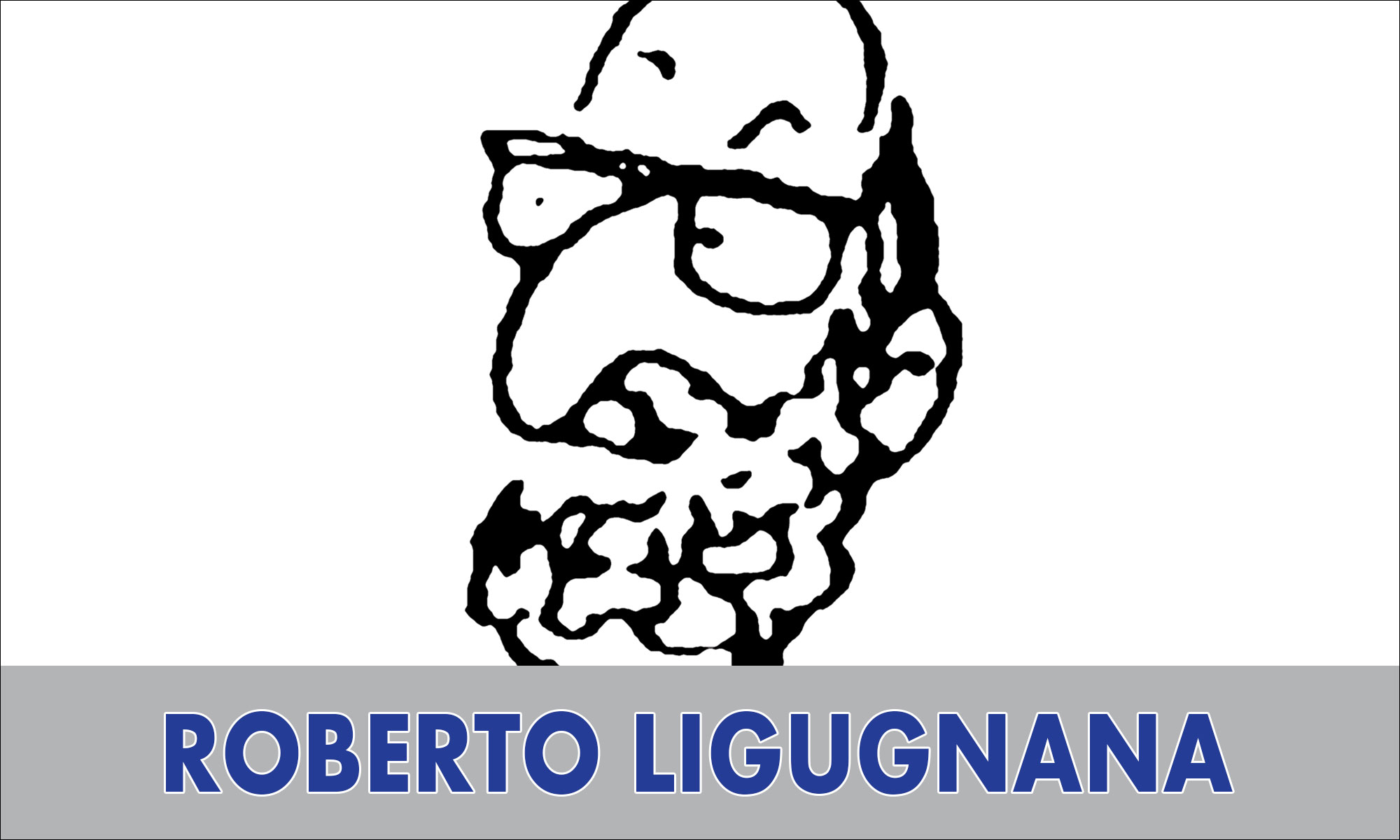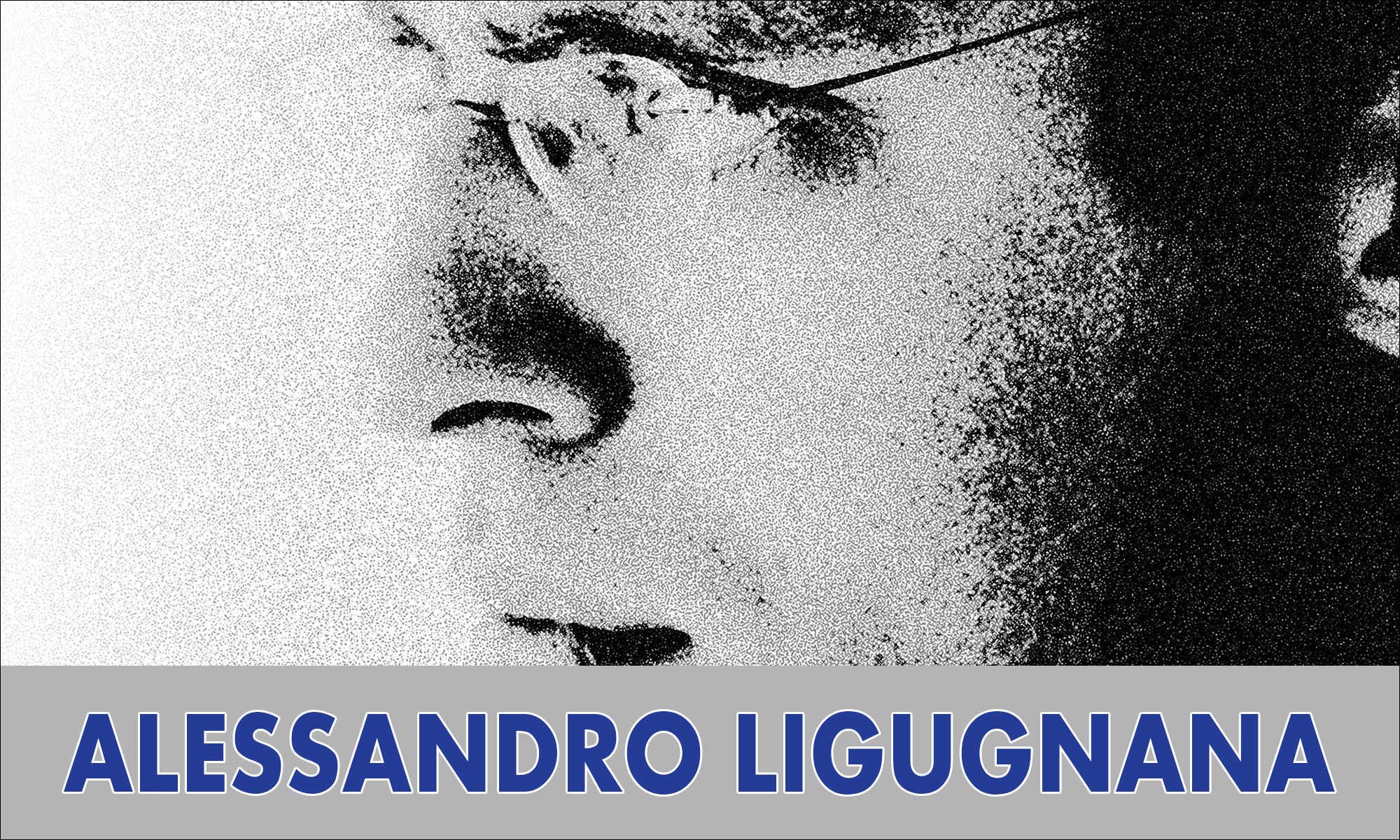ROME HISTORY
The history of Rome spans 2,800 years of the existence of a city that grew from a small Italian village in the 9th century BC into the center of a vast civilization that dominated the Mediterranean region for centuries. Its political power was eventually replaced by that of peoples of mostly Germanic origin, marking the beginning of the Middle Ages. Rome became the seat of the Roman Catholic Church and the home of a sovereign state, the Vatican City, within its walls. Today it is the capital of Italy, an international worldwide political and cultural centre, a major global city, and is regarded as one of the most beautiful cities of the ancient world.
The traditional date for the founding of Rome, based on a mythological account, is 21 April 753 BC, and the city and surrounding region of Latium has continued to be inhabited with little interruption since around that time.
Legend of ‘Rome’ The legendary origin of the city’s name is the traditional founder and first ruler. It is said that Romulus and Remus decided to build a city. After an argument, Romulus killed his brother Remus. Then he named it after himself, Rome. More recently, attempts have been made to find a linguistic root for the name Rome. Possibilities include derivation from Greek language Ῥώμη meaning bravery, courage; possibly the connection is with a root *rum-, “teat”, with possible reference to the totem wolf that adopted and suckled the cognately-named twins Romulus and Remus.
Etruscan gives us the word Rumach, “from Rome”, from which Ruma can be extracted.
Its further etymology, as with that of most Etruscan words, remains unknown.
Rome grew from pastoral settlements on the Palatine Hill and surrounding hills approximately 30 km from the Tyrrhenian Sea on the south side of the Tiber. Another of these hills, the Quirinal Hill, was probably an outpost for another Italic-speaking people, the Sabines. At this location the Tiber forms a Z-shape curve that contains an island where the river can be forded. Because of the river and the ford, Rome was at a crossroads of traffic following the river valley and of traders travelling north and south on the west side of the peninsula.
Archaeological finds have confirmed that in the 8th century BC in the area of the future Rome there were two fortified settlements, the Rumi one on the Palatine Hill and the Titientes one on the Quirinal Hill, backed by the Luceres living in the nearby woods. These were simply three of numerous Italic-speaking communities that existed in Latium, a plain on the Italian peninsula, by the 1st millennium BC. The origins of the Italic peoples is not known, but their Indo-European languages migrated from the east in the second-half of the 2nd millennium BC.


















